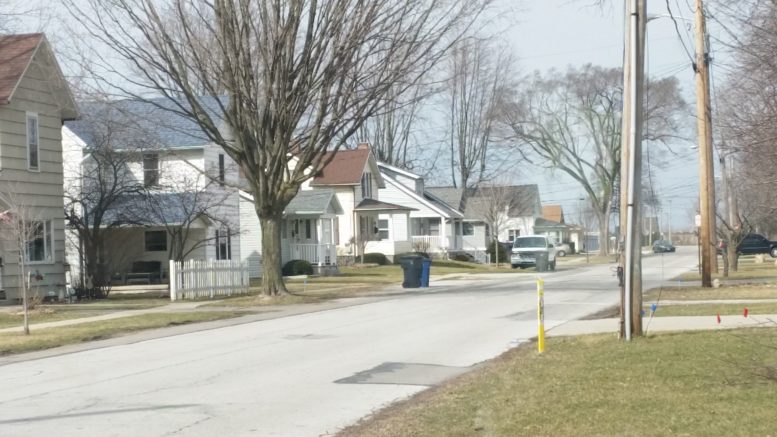By JAN LARSON McLAUGHLIN
BG Independent News
Bowling Green Housing Agency has little to do with the actually housing and a lot to do with the people who need it.
Members of the volunteer board managing the agency’s work in the city met last week to discuss the latest numbers. As part of the HUD Section 8 voucher program, the agency is currently helping 107 local families by offering rental assistance based on income.
Those in the voucher program in Bowling Green include large families, senior citizens and young individuals.
The agency does not offer emergency help, and has a waiting list of about 90 families in need.
Federal funding is about $31,000 a month, which is used for rent on any appropriate home. Unlike federal housing projects, this program allows the families to choose their own apartment, trailer or house to rent. The landlord must agree to the arrangement, and the home must pass a HUD inspection.
There is no limit to how long a family can receive the rental assistance, as long as they still qualify, according to Brian Horst, director of the Bowling Green Housing Agency.
The group keeps track of why families leave the program. “What we do like to see is ‘assistance no longer needed’ as their reason for leaving,” housing agency board member Tom Knox said. “Often it means a job has been gotten where there was none before.”
The Bowling Green agency is allowed to pay for rental vouchers for up to 119 families. However, the $31,616 in federal funding doesn’t go far enough in BG to house more than 107 right now.
The group is currently waiting to hear what future funding will be.
“We do always have a concern about what’s going on in Washington,” Knox said. “Among other things, HUD is a favorite target” of funding cuts.
Borst, who manages the housing voucher programs in several counties in Northwest Ohio, said the rental costs are much higher in Bowling Green than other communities. HUD tries to accommodate that difference, he said.
“There’s always a need for more,” Horst said of the funding to meet local needs. At one time, there were more than 200 on the waiting list, he said.

